How to Become the Preferred Building Product | Whizard Summit Takeaways
Danielle Fauteaux

Regardless of the issues your company faces, you can be successful and become customers' preferred brand by focusing on three main points:
- Look Outside Yourself
- Remove Friction
- Improve Salespeople’s Business Acumen
The December 2021 Whizard Summit yielded two insightful days for how Building Products companies can be successful in 2022. Almost every single presenter emphasized the three high-level points above, either directly or indirectly. Each of them also shared specific strategies, tactics and tools you can implement to successfully handle your go-to-market challenges.
We don’t have the space here to share every single piece of useful, actionable information we learned at the event. Instead, we want to summarize some of the do’s and don’ts that you should keep top of mind for your 2022 go-to-market strategy.
Do’s and Don’ts Every Building Material Company Needs to Follow
1. Perspective
Don’t be so enamored with yourself that you forget to look at your brand from your customers’ perspective.
Do lead your marketing and sales efforts by being helpful to your supplier, distributor, dealer, engineer, architect, builder and contractor networks. Work with (and through) your partners to solve for the end customer. Train your internal and indirect sales reps to understand the business and personal challenges of the customers they are selling to.
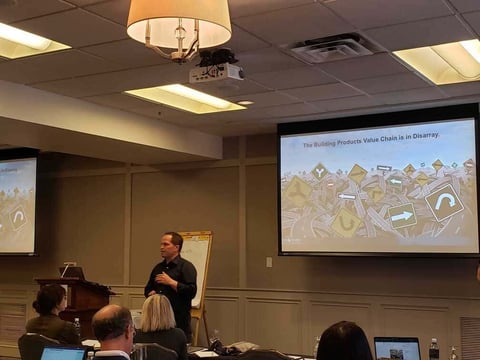
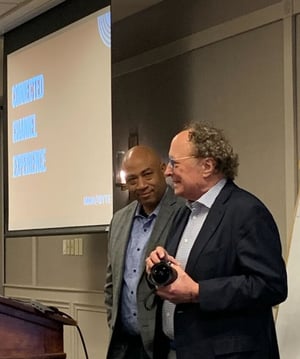
2. Branding
Don’t assume your customers and partners prefer you. Brand loyalty is low and brand switching is high. Preference for product availability supersedes historic relationships.
Do refine your brand and your message to focus on a problem your customers have and the outcome they seek. This is how you will differentiate your brand.
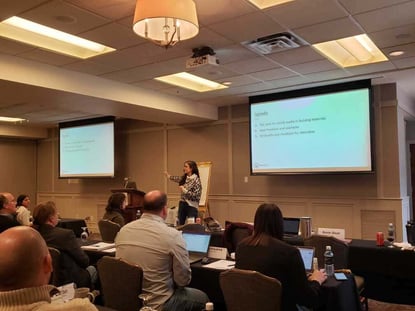
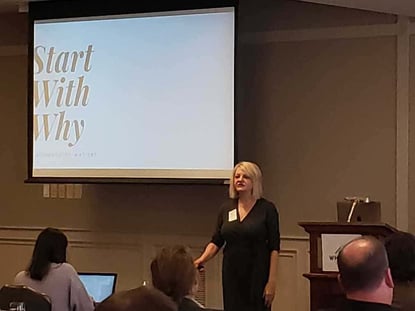
3. Partnerships
Don’t be so focused on yourself that you forget to invest in your channel partners.
It’s easy to miss the forest for the trees.
Do make intentional efforts to collaborate, integrate and communicate with your customers and partners in ways that enrich each touchpoint. Make intentional efforts to ask the questions that get your channel partners to express the struggles they are facing. Then be prepared to help them find solutions.
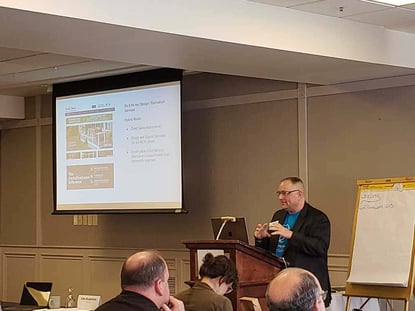
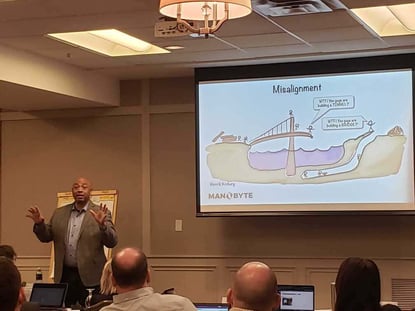
4. Decision-Making
Don’t narrow your field of vision down to your short-term circumstances. Business decisions taken for an immediate benefit can often cause long-term damage to your company and your brand.
Do empower every employee and indirect sales partner to find solutions for customers that address the short-term needs of your company while also upholding the long-term trajectory of your position in the market.
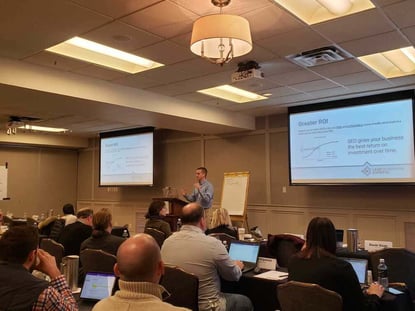
.jpg?width=415&name=Decision%20Making%20(1).jpg)
5. Product
Don’t just make your product “better,” stronger, cheaper, prettier.
Do identify and solve for product acquisition challenges, as well as solving for your customer’s current installation, product use and product maintenance issues. Remember that having a durable, high-quality product and good customer service is the benchmark, not your differentiator.
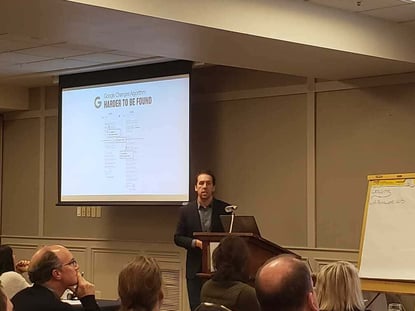
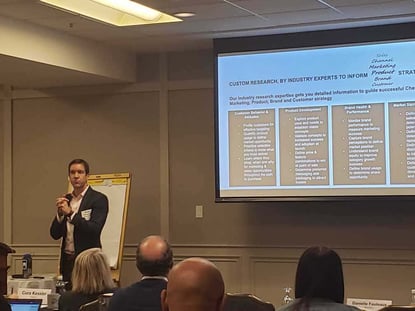
How Well Are You Doing?
If you want a good litmus for anything you currently do or intend to do, ask yourself the following questions:
- Is this a solution for the problems our customers and partners are actually struggling with?
- Will this make things more convenient and easy for our partners and customers?
- Is this what everyone else is doing or is it what nobody else is doing (would it make me a leader or a follower)?
- How will we measure the outcome? How will we know if this is a success or a failure?
- Could this message, program, or campaign have come from my competitor’s brand with no one the wiser?
- Would this make Mark Mitchell excited to talk about what our company is doing?
You need to find ways to solve for the customer. There’s no way around it and no excuses not to. You can refresh your memory about what your customers and partners actually like and dislike about you by reviewing Mark Mitchell’s slide deck of Customer Interviews.
Then, you can write down your three action items as you work to solve for your customers.
Here’s an example of what that might look like:
- I am going to look beyond our company by reaching out to two partners per week to learn about the challenges they are facing. Then I will solve their problems or connect them with someone who can.
- I am going to remove friction in our customer’s path to purchase by implementing transparent pricing for our products.
- I am going to ensure our salespeople have the business acumen necessary to solve for the customer by creating one new sales playbook per week that frames our offering as the choice that will get our customers their desired business outcome.
A Panel of Building Materials All-Stars
We want to thank every presenter for taking the time and care to share strategic next steps and deep industry insights:
We didn’t just learn from the presenters either. The quality of peer-to-peer recommendations from the attendees, both during discussions and the hot seat sessions, is what gave practical application to the principles that were presented.
Thank you to each attendee for being open, willing to freely exchange ideas, ask questions, and take their place in the hot seat!
Here's an extra resource from us to get you started on becoming the preferred brand among various customers in 2022.
Ready to Dive In?
Work with our team of HubSpot experts and watch us take clunky systems, tech stacks, websites, and portals and turn them into tailored, intelligent workflows that deliver business outcomes.




